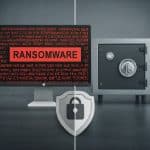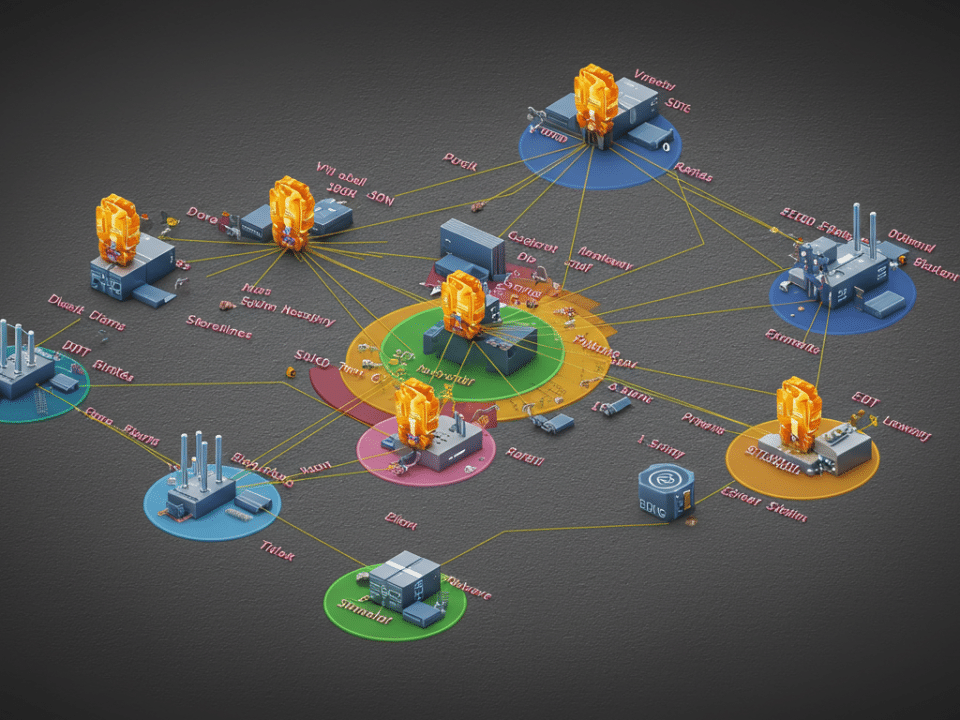
Backups Under Siege: Why Ransomware Gangs Target Your Lifeline
April 8, 2024
The Cybersecurity Battleground: Why Awareness is Our Greatest Weapon
April 9, 2024Latin America is experiencing a surge in sophisticated phishing attacks targeting unsuspecting users. These attacks don’t rely on brute force, but rather exploit cultural nuances and social engineering tactics to trick victims into revealing sensitive information or downloading malware.
Why Latin America? A Lucrative Target
Several factors make Latin America a prime target for cybercriminals:
- Growing Internet Adoption: With increasing internet penetration across the region, the potential pool of victims is expanding rapidly.
- Language and Cultural Similarities: Attackers can leverage Spanish-language phishing emails that appear more legitimate to Latin American users. They may also exploit cultural references to increase trust and complacency.
- Evolving Regulatory Landscape: Cybersecurity regulations in Latin America are still developing, leaving organizations and individuals more vulnerable to attacks.
The Phishing Hook: What to Look Out For
These phishing campaigns often employ the following techniques:
- Spoofed Sender Addresses: Emails masquerading as legitimate sources, such as banks, government agencies, or well-known companies.
- Urgency and Fear Tactics: Emails creating a sense of urgency or panic, pressuring victims to click malicious links or open attachments without proper scrutiny.
- Fake Invoices and Receipts: Emails disguised as invoices or receipts from seemingly trusted sources, tricking victims into downloading malware disguised as PDF documents.
Protecting Yourself from the Phishing Net
While phishing attacks pose a serious threat, there are steps you can take to protect yourself:
- Be Wary of Emails: Don’t click links or open attachments from unsolicited emails, even if the sender appears legitimate. Always verify the sender’s address carefully.
- Verify Information: If an email claims to be from a bank or other organization, contact the organization directly using phone numbers or websites you know are correct, not the ones provided in the email.
- Strong Passwords and MFA: Use strong, unique passwords for all your online accounts and enable multi-factor authentication (MFA) wherever available. This adds an extra layer of security beyond just your password.
- Security Software: Install reputable security software on your devices to detect and block malicious emails and websites.
- Stay Informed: Keep yourself informed about the latest phishing tactics by reading security blogs and following reputable cybersecurity organizations on social media.
Juntos Podemos: Working Together for a Safer Digital Landscape
By combining individual vigilance with strong security practices, we can create a more resilient digital environment in Latin America. Spread awareness, educate others, and report suspicious emails!
Don’t be a victim!
#phishing #cybersecurity #latinamerica #socialengineering #securityawareness #malware #MFA #passwords #securitysoftware #staysafeonline




